
Hayley Ivins-Downes – Head of Digital, Lightstone Property
While work-from-home and safer living are driving sales on the coast and in semi-rural areas, making predictions about where the residential property will go in the next 12 to 24 months is not easy.
Interest rates and economic growth are two fundamental drivers of residential property sales, while a third – socio-political developments, has also become increasingly important in South Africa.
All these drivers have been overshadowed by COVID-19 over the past 20 months. The government has responded by lowering interest rates to combat the negative effects of the pandemic and lockdowns on an already moribund economy.
There are, however, two segments showing promise: coastal and semi-rural properties. As the hybrid and full-time work-from-home culture continue to entice buyers, so is the shift in buying behaviour.
While uncertainty surrounds many areas of the property market, investors may be able to take refuge in this promising segment.
Where are we now?
The 2021 market has benefitted from pent-up demand from the initial hard lockdown phases. But will this momentum be carried into 2022?
The low-interest rate has been particularly positive for the market, with nominal price growth up to around 4% in February 2021 compared to February 2020.
Growth is coming from specific segments of the market as our next section reveals. While overall volumes have declined, the total purchase price paid has increased (see graph below).
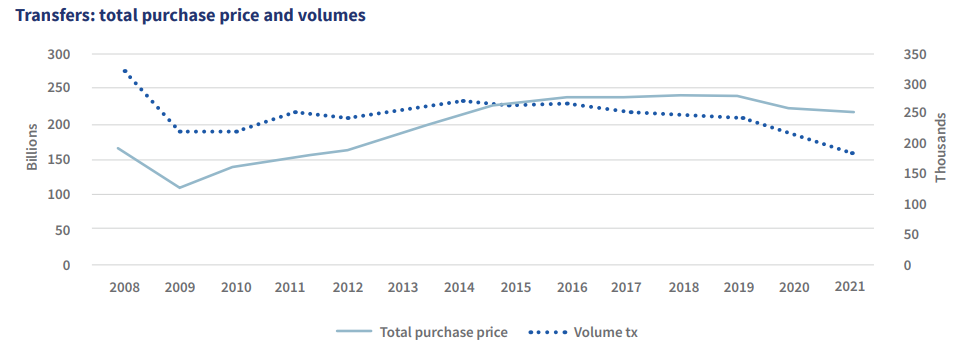
This increased price paid is particularly noticeable in regions such as the Western Cape, where there’s an upsurge of buyers seeking out larger, more work-from-home-friendly properties. This is exemplified in the following graphs:
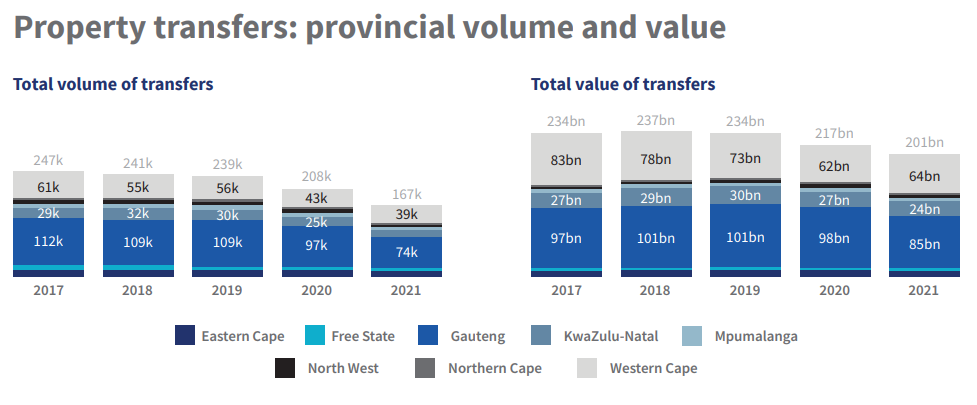
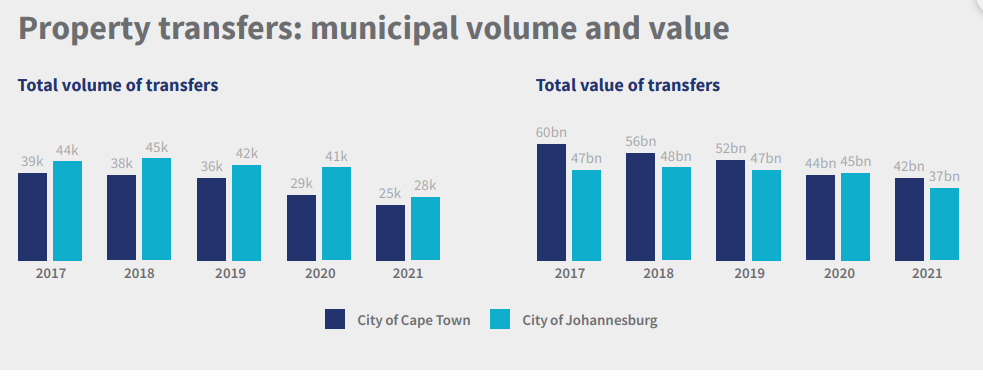
Interestingly, while the graph above tells us that Johannesburg accounts for more sales than Cape Town, the value of the sales in Cape Town is higher.

Committed to enabling our partner’s success.
Through authentic relationships, we are committed to enabling our partners success by co-creating solutions and unlocking shared value. Always with a personal touch.
Get in touch to find out more about our commitment to enabling our partners’ success.
Constantia Insurance Company Limited is a licensed non-life insurer and an authorised Financial Services Provider (FSP 31111).
Where will the market go?
On a more critical note, will the economy get the kick-start it needs, and what will happen to interest rates? And, what about socio-political conditions?
Assuming Covid-19 comes under control over the next 12 months and SA sees the end of lockdown restrictions, the economy should gather some momentum on its own.
Some economists see the repo rate moving upwards in 2022/2023, and this will negatively impact house prices in the medium term, particularly if economic growth is not there and if socio-political conditions do not ease.
Bigger homes to work from as the semigration trend gathers pace for the work-from-home lifestyle will continue to influence property sales, especially in remote and coastal areas, where buyers are looking for larger, better-equipped homes that serve a dual purpose.
Among the country’s major municipalities, Lightstone’s data shows that coastal municipalities perform better than inland municipalities. This can be partly attributed to an ongoing trend towards semigration or buying of second homes, with a growing number of people from Gauteng looking to move to the coast.
The municipal elections may also amplify or diminish this trend, depending on outcomes in key municipalities.
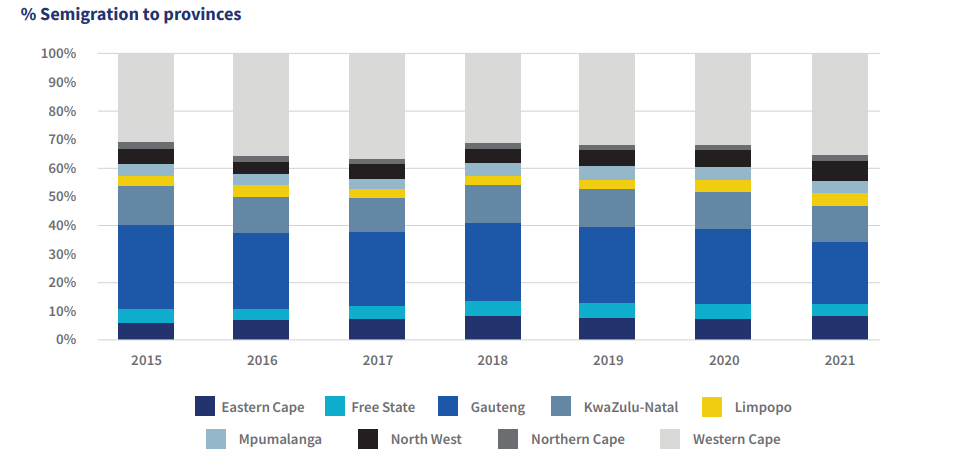
While entry-level buying and first-time buying appear to be cooling, a second surge is evident with the rate at which high-value purchases and second-time buying have increased.
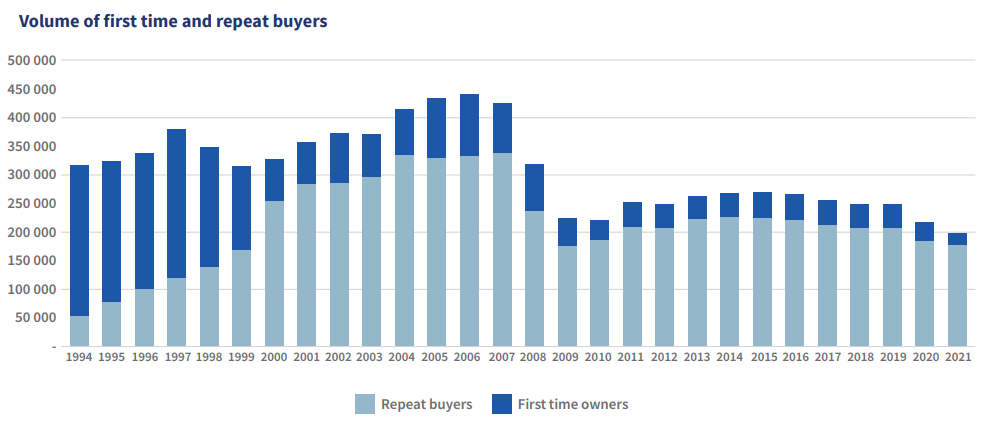
The trend away from Freehold and towards safer, more cost-efficient, gated communities is continuing and Lightstone expects it will continue to do so.

“It’ll be interesting to see how the market reacts to these trends and how the property investment market will perform,” concludes Ivins-Downes.

